Quality Engineering
iAgami is committed to delivering high-quality products that meet and exceed client expectations. Our Quality Engineering process is designed to accelerate product time-to-market while ensuring exceptional performance and user experience.

The Quality Triad
The Quality Triad and GATING Methodology provide a powerful framework for ensuring high-quality software products. By making products easy to test, understand, and maintain, organizations can improve product quality, reduce risks, and accelerate time-to-market.
- Testability: By setting quality gates at various stages of the development lifecycle, it's possible to identify and address testability issues early on.
- Observability: It ensure that products are instrumented with the necessary logging, monitoring, and tracing capabilities to provide visibility into their internal state. This makes it easier to diagnose issues and troubleshoot problems.
- Sustainability: GATING can help to ensure that products are designed and built to be maintainable, scalable, and resilient.

AI/ML-Driven
AI/ML-driven Quality Engineering is transforming the way software is tested, offering significant benefits in terms of efficiency, effectiveness, and accuracy. Here are some key areas where AI/ML is making a significant impact:
- Automated testing improves efficiency, accuracy, and speed by automating repetitive tasks, reducing human errors, and accelerating the testing process.
- Predictive analytics empowers proactive testing by anticipating potential problems, reducing risks, and efficiently allocating testing resources.
- Intelligent test case generation using AI/ML automates test case creation, ensures comprehensive coverage, and adapts to code changes.

Test Engineer to “Full-Stack”
iAgami's Full-Stack Quality Engineers are instrumental in delivering exceptional product quality.
- Quality Assurance to Quality Engineering: The transition from QA to QE represents a significant shift in approach to ensuring software quality. QE adopts a more proactive and engineering-centric perspective.
- Test Management to Quality Orchestration:This shift likely involves moving beyond simple test case management to a more comprehensive approach that integrates testing activities across the entire development lifecycle, including planning, execution, and reporting.
- Quality Metrics and Analytics: By defining and tracking key performance indicators (KPIs) and analyzing data, we gain valuable insights into our quality efforts.
